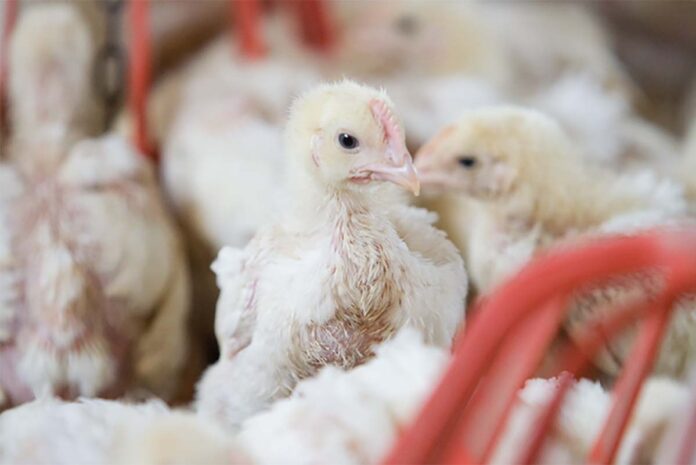
In its latest report, the European Food Safety Authority (EFSA) has analyzed the ongoing bird flu situation in the United States and assessed how the virus could potentially spread to Europe. The update focuses on the H5N1 strain of highly pathogenic avian influenza (HPAI), particularly its detection in dairy cattle—an unusual host for this virus.
What’s happening in the U.S.
Between March 2024 and May 2025, H5N1 was found in cattle across several U.S. states. Infected cows showed mild symptoms, such as decreased milk production and mastitis. The virus has also been detected in raw milk, where it can remain infectious for up to three weeks. While bird flu typically affects avian species, its presence in cattle raises new concerns, as mammals are not its usual hosts.
EFSA emphasizes that, so far, this virus has not been detected in poultry in the U.S. during this outbreak. However, the situation is being closely monitored due to the risk of virus evolution or cross-species transmission.
Could the virus reach Europe?
EFSA outlines two main ways the virus could spread to Europe:
-
Via migratory birds: Some species migrate between North America and Europe, stopping in areas like Iceland, the UK, Ireland, and parts of Scandinavia. These regions are considered potential entry points.
-
Through trade: While this is considered unlikely, there is a theoretical risk that infected products—such as raw milk or possibly live animals—could introduce the virus, especially if controls fail.
What poultry professionals should know
While the risk for poultry in Europe remains low at this time, EFSA encourages authorities and producers to stay vigilant. Key recommendations include:
-
Monitoring wild bird populations, especially during migratory seasons.
-
Ensuring strict biosecurity measures on farms.
-
Keeping up to date with any changes in import policies or animal health alerts.

















